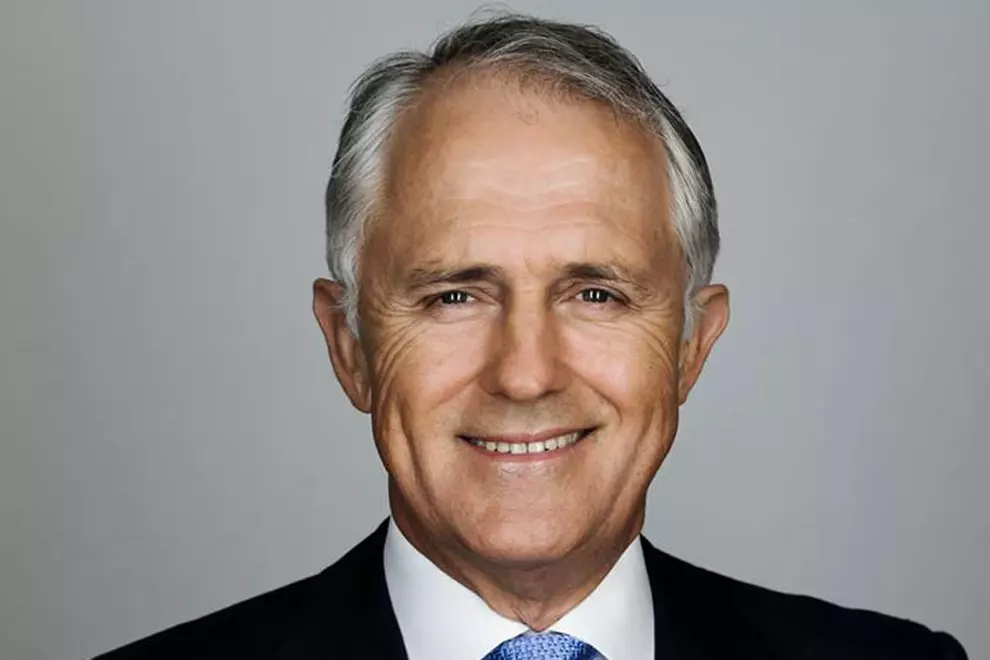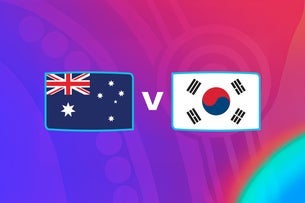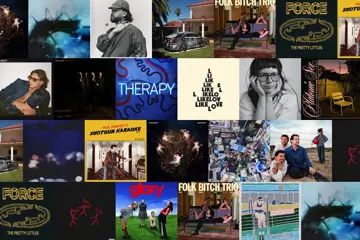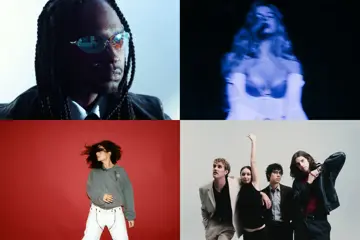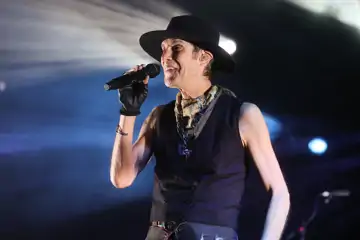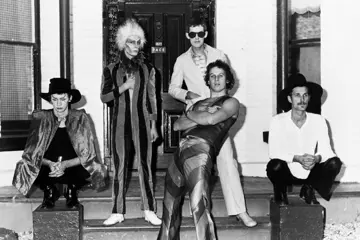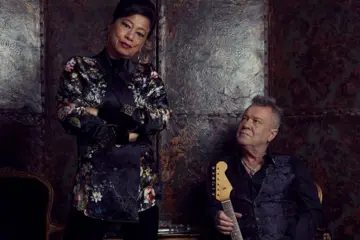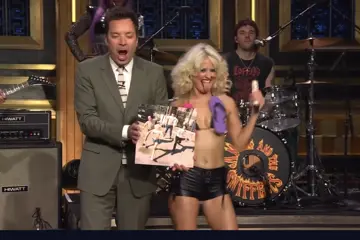 Australia
AustraliaThe Australia Institute has released a new report today from respected global music economist and ex-Spotify employee Will Page which crunches the numbers on Australian music’s troubling 2020s domestic decline.
The report commissioned by the think-tank with a foreword by ex-Prime Minister Malcolm Turnbull reveals the stark reality of the domestic consumption of Australian artists.
The report frames Australia’s problem as a ‘one way valve' dilemma with our local artists forced to compete with algorithms using language as a proxy for culture.
In the report’s foreword, Turnbull says: “Streaming platforms have turned discovery into a global contest in which Australian artists singing in English are competing with the vast American catalogue.
“This digital ‘one-way valve’ that sends our listening offshore reflects a broader challenge of sovereignty in the digital age. But decline is not destiny. Australia can, and should, act to restore balance.”
The report studied the top 10,000 artists being streamed inside Australia from 2021 to 2024, showing that the presence of Australian artists in the list has been steadily declining.
In 2021, 932 in every 10,000 artists streamed were Australian, but by 2024 that number fell to just 773. A closer look showed that many of the Australian artists in the list were in fact heritage acts, with the most streamed Australian artists in 2024 being The Wiggles.
Page says that the dilemma is perplexing with many other countries around the world experiencing the opposite local content trends, particularly where language is a differentiator.
In countries like France and Germany, local content is at an all-time high, but it’s English territories like Canada, Australia and New Zealand where issues lay. Page also points to the UK where even a large country with a proud music history has struggled to turn the tide of US artists in recent years.
On the flip side, Brazil now has no international artists in its YouTube charts. Denmark has local artists dominating. Page coins the phrase ‘glocalisation’ where algorithms help gather audiences around language, but struggle to corral them around culture.
“This is the crux of the ‘one-way valve’ dilemma,” the report states. “Domestic artists have to compete for the same ears on streaming services whose algorithms mainly recommend foreign music to Australian music lovers. Unless Australian artists can first build a domestic following, how will they ever compete on international stages?“
The irony is that Australian music has never made more money. The report shows that revenues for Australian recorded music are up 25% over the period to $534 million last year, however over the same period, the share that went to Australian artists fell from $50 million to $44 million – a drop in market share from 12% to just 8%, mirroring the findings of this year’s APRA AMCOS data which showed a 31% reduction in local content consumption on streaming services over a similar period.
Welcoming the Australia Institute report, APRA AMCOS CEO Dean Ormston said: "This isn't about the quality of Australian music. It’s quite the opposite. Our recent annual report shows overseas revenue for Australian and New Zealand songwriters hit an all-time high of $98.8 million, up nearly 15% from last year.
“International live performance revenue more than doubled its share. Local artists are making their mark on the world stage, but Australians are finding it hard to discover this world-class talent in their own backyard."
Will Page’s report, which was based on Luminate data, shows that the decline in Australian music occurred in every segment of the top 10,000, but most worryingly, the drop off in local content is most stark at the bottom end, with just 51 Australian artists in the lower 1000 (or just 5%), pointing towards a pipeline failure that may make trend reversal an even bigger challenge.
Over the period, the most streamed Australian artists in the top 10,000 were:
#41. The Wiggles
#43. The Kid LAROI
#65. AC/DC
#77. Vance Joy
#96. Hilltop Hoods
#100. RÜFÜS DU SOL
The only one of those artists to emerge in the last decade is The Kid LAROI (signed out of the US), which highlights the issue which surfaced in the recent Hottest 100 of All Time, where only two songs from the 2020s made the list (Spacey Jane’s Booster Seat from 2020, and Amyl And The Sniffers' Hertz from 2021).
Page’s report is a line in the sand, proving that the problem is now undeniable and defined.
“Australia is now the global poster child for what ‘market failure’ looks like in recorded music. A vicious cycle risks taking root, with increasingly fewer domestic success stories resulting in less domestic investment, meaning even lower chances of future success. Intervention is required to stop the rot.”
So who’s fault is it? Page says the “usual suspects” ar the record labels, streaming platforms, radio stations and the pandemic, but also points to “tall poppy syndrome”.
The report specifically calls out the challenge of algorithms and the “collapse” of human editorial content.
“If algorithms recognise language but not nationality, it may explain why most non-English speaking markets are enjoying a surge in the popularity of domestic artists while English-speaking countries outside of America are not”.
Minister for the Arts Tony Burke speaking at a Spotify ‘Loud and Clear’ event said in 2024 that “the algorithm still tends to take us offshore and it's something that I really want us to work on.”
Spotify’s Turn Up Aus initiative this year is an example of on-platform promotion, while the #Ausify campaign that has rolled out across Aus Music Month is another industry initiative aimed at taming rather than changing the algorithm, both of which will be studied on whether the impact is enough to turn the tide.
A Spotify-backed study released yesterday showed the public’s willingness to engage with local content and the understanding across both the platforms and the music industry of the issues at hand.
Kate Duncan from Victorian youth music development organisation The Push said on the release of Spotify’s findings: “Visibility on streaming is often the first step for young audiences forming a lifelong connection to Australian music—the moment where curiosity becomes connection, and connection becomes sustained engagement with homegrown artists.”
In his report, Page agrees that the algorithm (across all platforms) is probably not helping Australian music at home, suggesting that the shift from collaborative filtering (where people were fed artists their friends were listening to) to machine learning abstractions (where global data points have primacy) and algorithmically rather than editorially chosen playlists.
The report paints a bleak picture as the services move to the next generation of LLMs – large language models.
“LLMs read language but cannot (or at least do not) read maps, which means they turn all English language music into one unified training corpus. This will clearly benefit the most popular – mainly American – superstars. Moreover, LLM training tends to bias established music over new releases. Without a course-correction, the current design of the algorithms will continue to take listeners offshore.”
Page suggests some solutions such as investing in locally based content curators, suggesting local as radio stations, media, concert venues or local artists themselves to create playlists.
Curiously, the report points to triple j and Double J as a missed opportunity for curation off-platform, seemingly missing that triple j’s Hit List is already one of the biggest on the platform with nearly 300,000 saves and their YouTube channel has 1.94 million subscribers.
His other solutions point to government intervention, pointing to Canada’s success in having more local content more prominently in the charts, even though their overall local consumption shows the same symptoms as Australia.
He points to international touring subsidies assisting artists like Justin Bieber, Tate McRae, and Shawn Mendes to tour more often and more broadly, with the suggested solutions of the report steering towards creating global success rather than encouraging algorithm improvement via carrots or sticks to better account for culture over language.
In the release of the report, Maggie Collins, Executive Director of the Association of Artist Managers (AAM) said:
“The streaming age does not have to erase national character; it can amplify it, and it should. Confidence breeds confidence in economics, but when a problem in the market is causing a decline at an exponentially faster rate, it cannot be ignored.”
The problem has now been laid bare as the Australian industry scrambles to look for answers on how to #Ausify their algos.
You can read the entire Australia Institute Report here.

